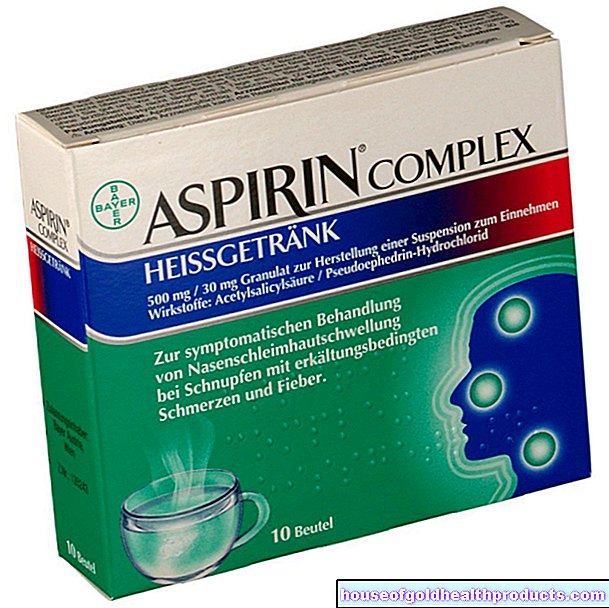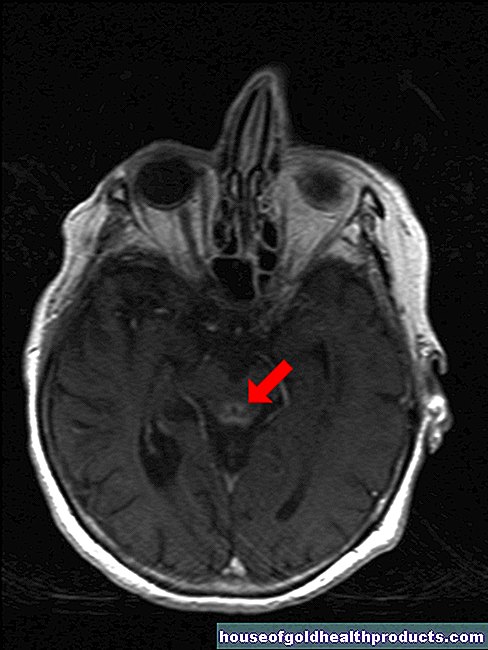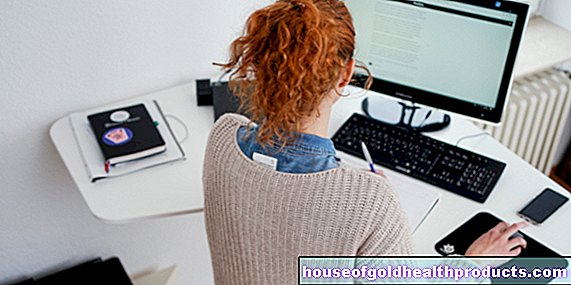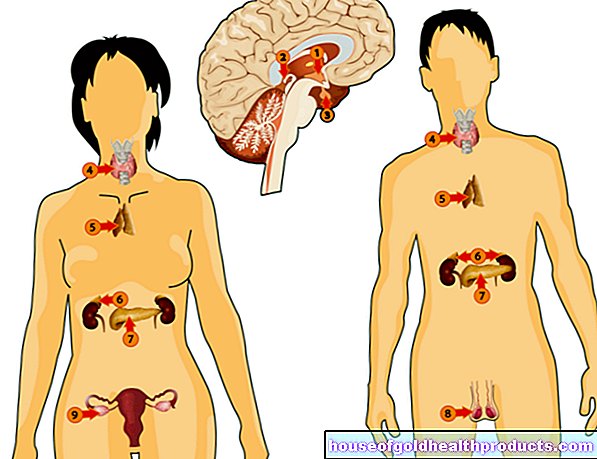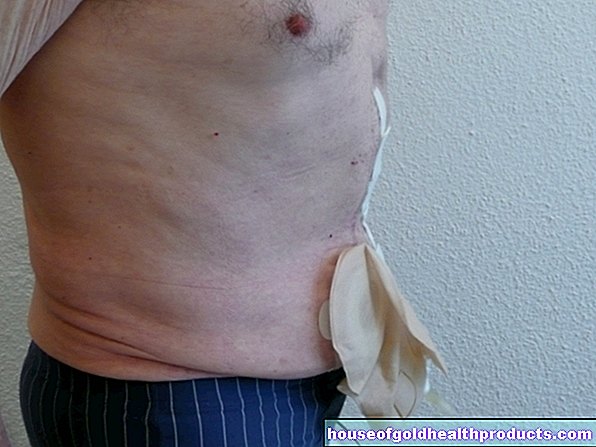Oxazepam
All content is checked by medical journalists.The active ingredient oxazepam is one of the most important remedies for anxiety and sleep disorders. It was developed in 1965 and is now included in numerous medicines. It is generally considered to be well tolerated, but can quickly lead to dependence. Children and pregnant women should only take oxazepam after consulting their doctor. Here you can read everything you need to know about oxazepam.
This is how oxazepam works
The human nervous system has various messenger substances (neurotransmitters) that can have an activating or inhibiting effect. They are usually in a balanced equilibrium and ensure an appropriate response to external circumstances such as rest or stress. One of these messenger substances, GABA (gammaaminobutyric acid), has an inhibitory effect on the nervous system as soon as it binds to its docking points (receptors).
As a representative of the so-called benzodiazepines, oxazepam intensifies the effect of GABA, resulting in an anxiolytic and calming effect (anxiolysis and sedation).
Uptake, breakdown and excretion of oxazepam
The active ingredient oxazepam is slowly but completely absorbed from the intestine into the blood after it has been taken up by mouth (orally). Then it is distributed in the body and partially accumulates in the fatty tissue. The breakdown of the active ingredient takes place in the liver. The breakdown products are mainly excreted through the kidneys.
Oxazepam is one of the medium-acting benzodiazepines. The effects last for about eight to ten hours. The duration of action can, however, be subject to large fluctuations on an individual basis.
When is oxazepam used?
The areas of application (indications) of oxazepam include:
- Anxiety, tension and excitement (chronic and acute)
This is how oxazepam is used
Oxazepam medications are usually swallowed in the form of tablets with plenty of fluids (preferably with a large glass of tap water). In the case of anxiety, the intake is spread over the day. In sleep disorders, the active ingredient should be taken shortly before going to bed in order to reduce the main effect on sleep.
The oxazepam dosage for anxiety is usually between 30 and 60 milligrams spread over the day; in the case of insomnia, ten to 30 milligrams are taken in the evening.
Children, the elderly and patients with liver problems, circulatory problems or breathing problems receive a lower dose.
Withdrawal from medication containing oxazepam should be "tapered". This means reducing the dose of oxazepam gradually to avoid symptoms of withdrawal as much as possible.
What are the side effects of oxazepam?
Very often, i.e. in more than ten percent of those treated, oxazepam can cause side effects such as drowsiness, headache, drowsiness, prolonged reaction times, difficulty concentrating and low blood pressure.
Gastrointestinal complaints and breathing difficulties may occur less frequently.
Note the side effect of muscle weakness in combination with the occasional drowsiness that can lead to an increased risk of falling, especially in older patients.
The effect as a sleeping aid can persist through the night, so that particular attention should be paid to the individual reaction to the drug in the morning after taking it in the evening.
What should be considered when taking oxazepam?
Particular caution is required if the person being treated suffers from respiratory diseases, cardiovascular diseases or depression.
Contraindications
Medication containing oxazepam should not be used if there is an increased risk of addiction or if the person being treated has a muscle disorder (such as myasthenia gravis).
Interactions
Medicines containing oxazepam and the following substances can mutually increase their effects:
- Sedatives and sleeping pills (diphenhydramine, benzodiazepines)
- Anti-seizure medicines (such as carbamazepine)
- Medicines for depression (such as fluoxetine or sertraline)
- Muscle relaxants (such as baclofen or flupirtine)
Driving and using machines
Drugs containing oxazepam severely impair the ability to react. Experts therefore recommend patients not to actively participate in road traffic or to operate heavy machinery. This is especially true in combination with alcohol, as the effect is then intensified.
Age restrictions
There is so far very little experience with the use in children and adolescents under 18 years of age. Therefore, the doctor should always weigh the individual benefit against the corresponding risk before starting such treatment.
pregnancy and breast feeding period
Medication containing oxazepam should only be used during pregnancy and breastfeeding if it is absolutely necessary. The unborn child quickly gets used to the active ingredient, so that after birth the newborn may experience withdrawal symptoms (“floppy infant” syndrome).
The active ingredient passes into breast milk, which can lead to sedation (immobilization) of the infant.
How to get medication with oxazepam
Oxazepam drugs require a prescription because their use requires close medical supervision. You can therefore only obtain them from the pharmacy with a doctor's prescription.
Since when is oxazepam known?
The active ingredient oxazepam has been known since 1965 and has been used successfully in the treatment of restlessness ever since. The active ingredient is considered to be well tolerated, but there is a high risk of developing symptoms of addiction quickly. Restlessness, fear and aggression may occur after just one to two weeks of taking the drug. Therefore, one should always strictly adhere to the oxazepam dosage instructions.
Tags: hospital stress unfulfilled wish to have children
